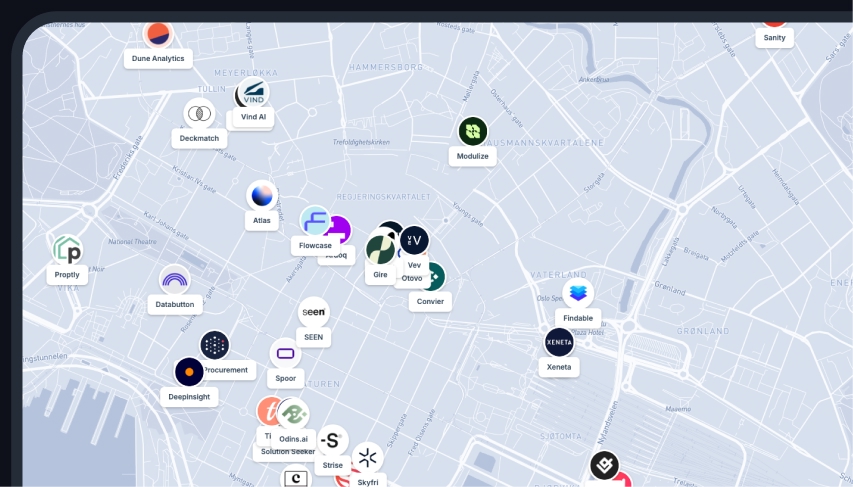Overview of the Snake River
The Snake River is one of the most important rivers in the Pacific Northwest, stretching about 1,735 kilometers (1,078 miles). It originates in Yellowstone National Park, Wyoming, and flows through Idaho, Oregon, and Washington, before joining the Columbia River. The river is known for its deep canyons, rich farmlands, and hydroelectric power generation.
Where is the Snake River on the map?
The Snake River begins in Yellowstone National Park, then flows west through southern Idaho, forming the Snake River Plain. It continues north into Oregon and Washington, where it merges with the Columbia River near Pasco, Washington.
Historical significance
The Snake River has played an essential role in the history of the American West:
- Native American heritage: Indigenous tribes, including the Shoshone and Nez Perce, relied on the river for fishing, transportation, and trade.
- Lewis and Clark Expedition (1805-1806): The expedition followed the Snake River as they explored the western U.S.
- Oregon Trail: Pioneers in the 19th century followed the river’s course as they traveled west.
- Hydroelectric power: The river became a key source of electricity in the 20th century, with multiple dams constructed along its length.
Major cities along the Snake River
Several key cities and towns are located along the Snake River, including:
- Idaho Falls, Idaho: A major agricultural and energy hub.
- Boise, Idaho: While not directly on the river, it benefits from the Snake River’s water supply.
- Twin Falls, Idaho: Known for Shoshone Falls, a spectacular waterfall higher than Niagara Falls.
- Lewiston, Idaho: The furthest inland seaport on the West Coast, located near the river’s confluence with the Columbia.
Economic and environmental importance
The Snake River is vital for hydropower, agriculture, and wildlife in the Pacific Northwest. Key contributions include:
- Agriculture: The river irrigates farmland in Idaho, Oregon, and Washington, supporting crops like potatoes, wheat, and hops.
- Hydropower: The river contains 15 major dams, including the Hells Canyon Dam, providing electricity to millions.
- Recreation and tourism: Activities such as whitewater rafting, fishing, and hiking draw thousands of visitors each year.
- Wildlife habitat: The river supports salmon, steelhead, and bald eagles, making it crucial for regional biodiversity.
Challenges facing the Snake River
The Snake River faces several environmental and economic challenges:
- Salmon population decline: Dams on the river have disrupted salmon migration, threatening fish populations.
- Water quality issues: Agricultural runoff and pollution have led to water contamination.
- Climate change: Rising temperatures and changing precipitation patterns affect water levels and ecosystems.
- Hydropower vs. conservation: Debates continue over whether some dams should be removed to help restore fish populations.
Conservation efforts
Efforts to restore the Snake River include dam removal proposals, salmon recovery programs, and water quality initiatives. Organizations and government agencies continue to work on balancing energy production with environmental sustainability.
Work faster with spatial data
Easily import data, automate analysis and build spatial apps for the web, all within a single software.
FAQs
How long is the Snake River?
The Snake River is approximately 1,735 kilometers (1,078 miles) long.
Where does the Snake River start and end?
It starts in Yellowstone National Park, Wyoming, and flows into the Columbia River in Washington.
Why is the Snake River important?
It provides hydropower, irrigation, and habitat for wildlife, and has historical significance for westward expansion.
What are the biggest threats to the Snake River?
Salmon decline, water pollution, climate change, and conflicts over hydropower are the major challenges.
What wildlife depends on the Snake River?
The river supports salmon, steelhead, bald eagles, river otters, and various bird species.
